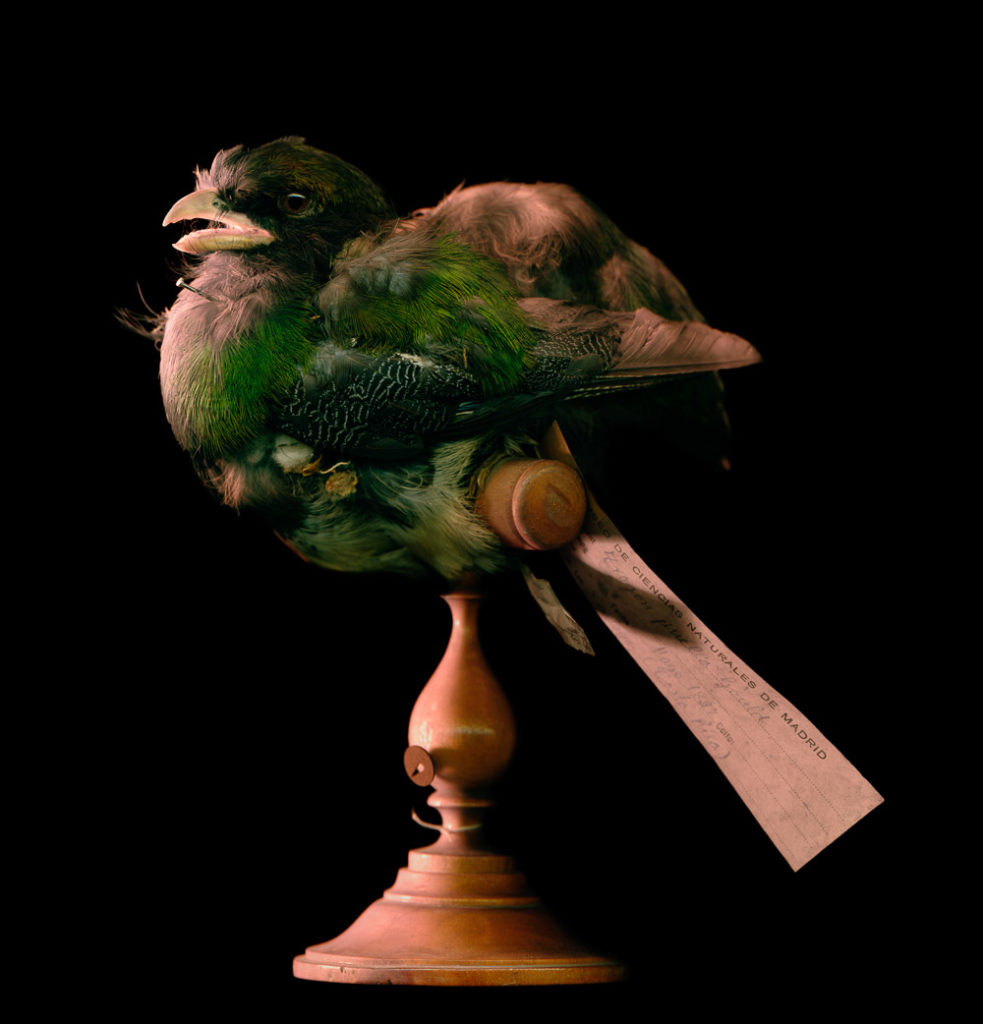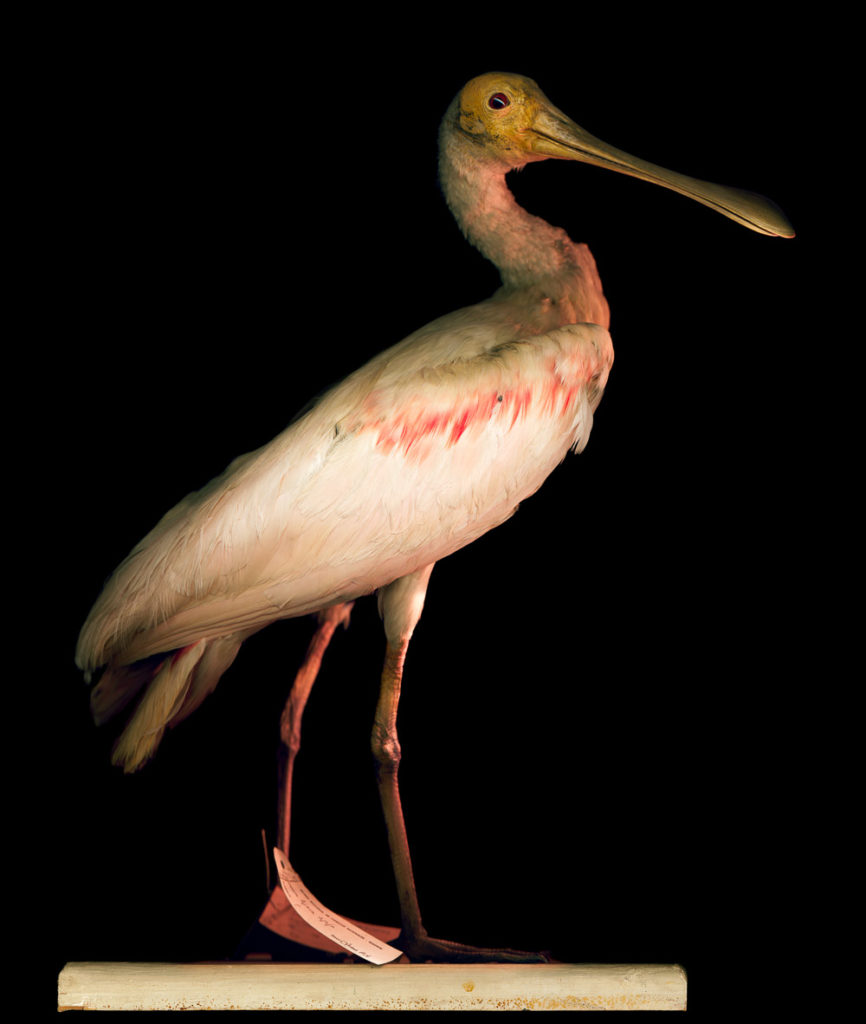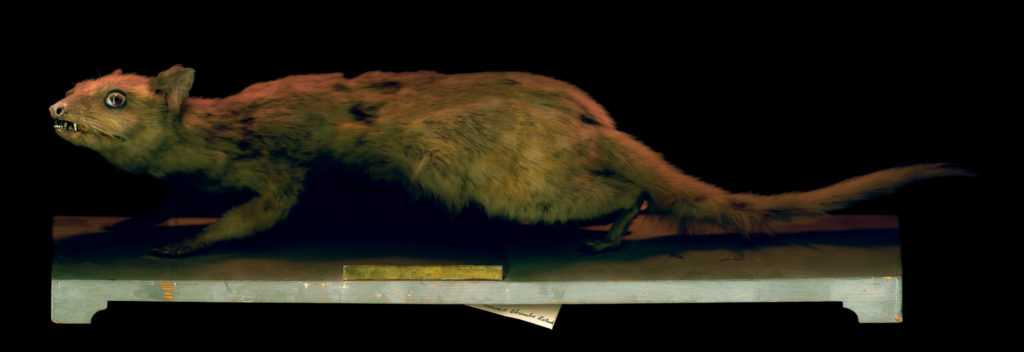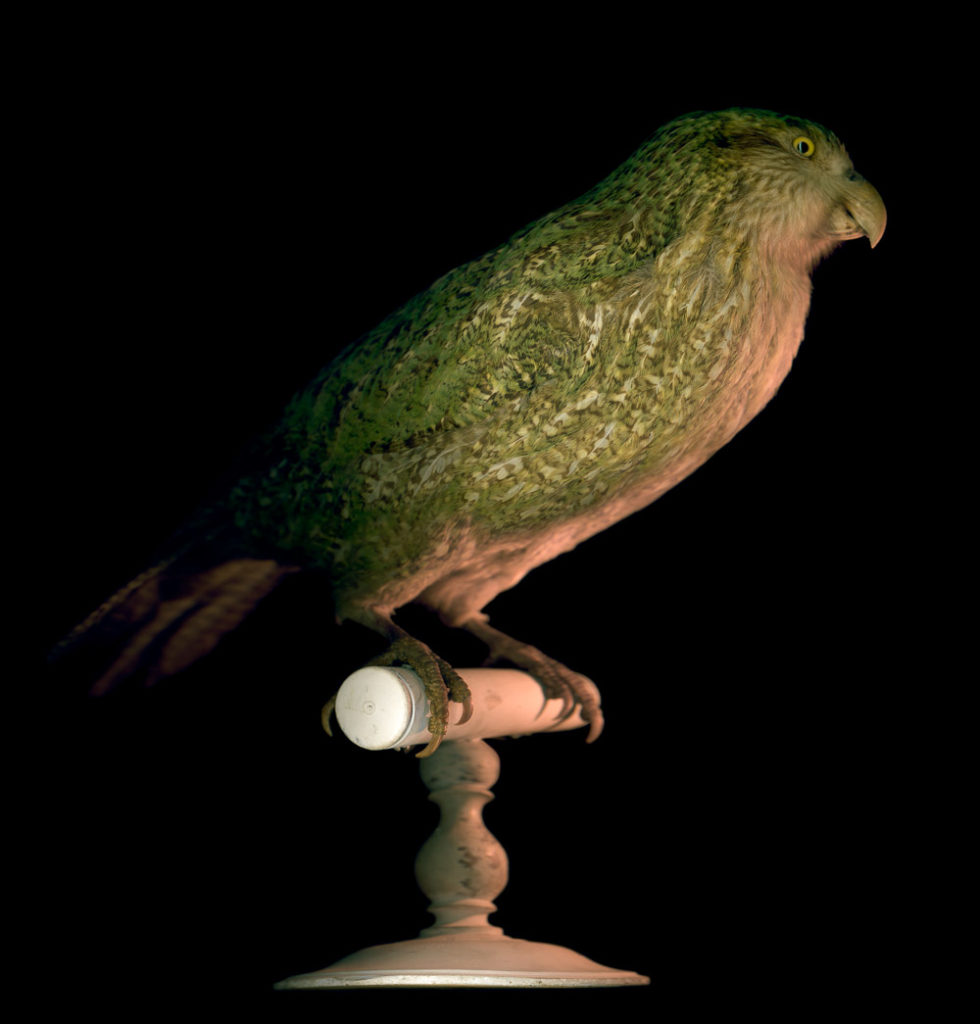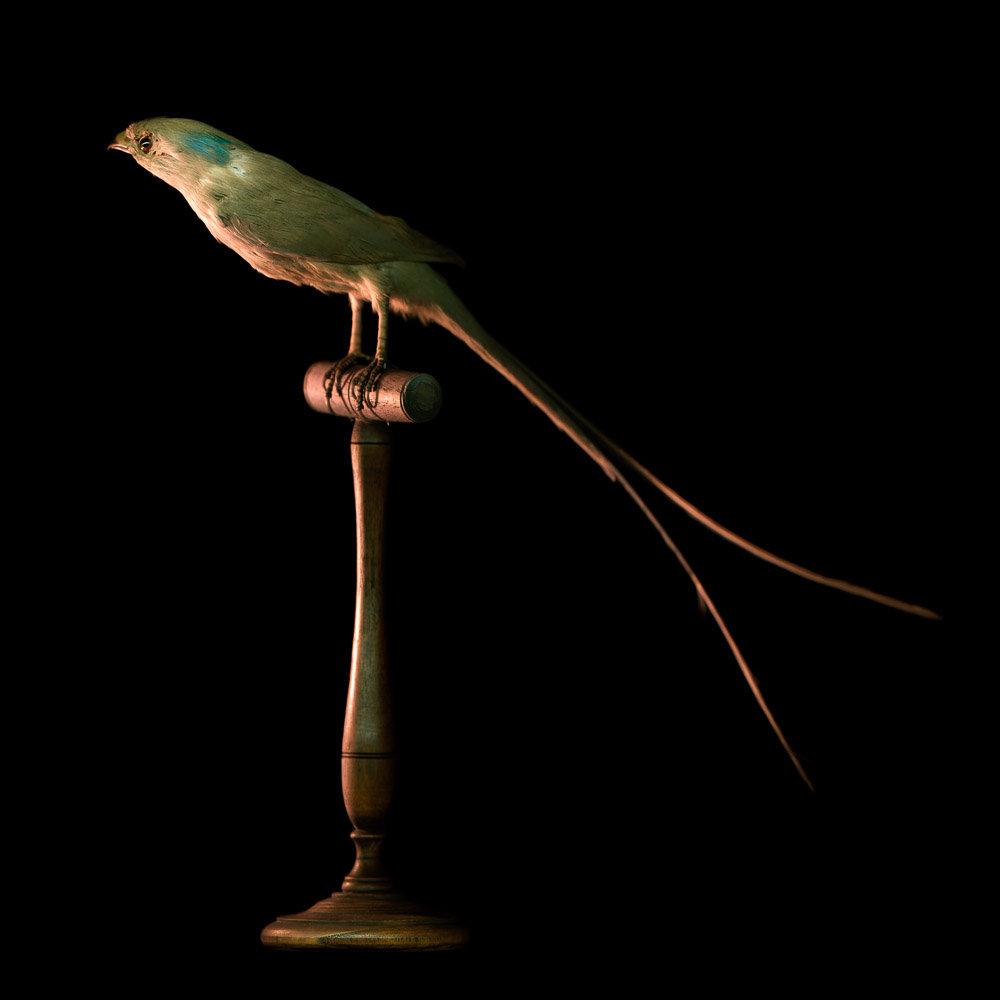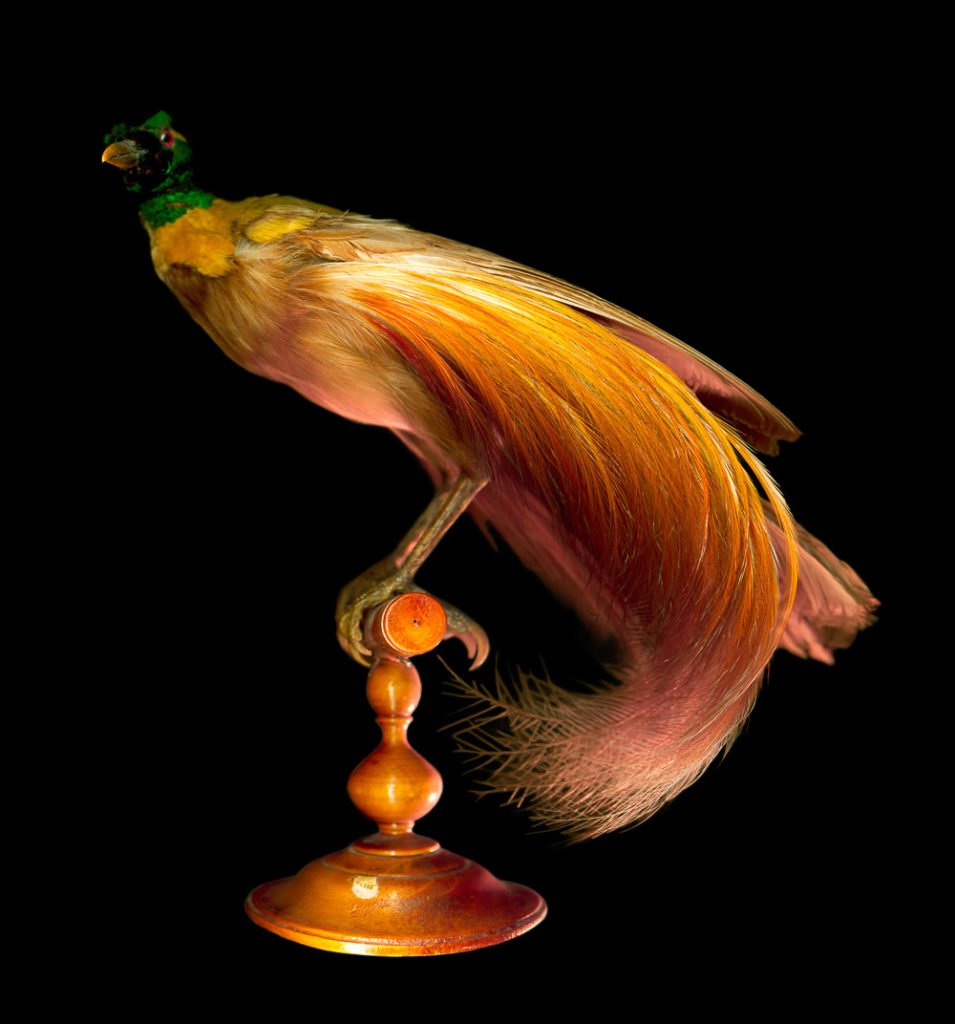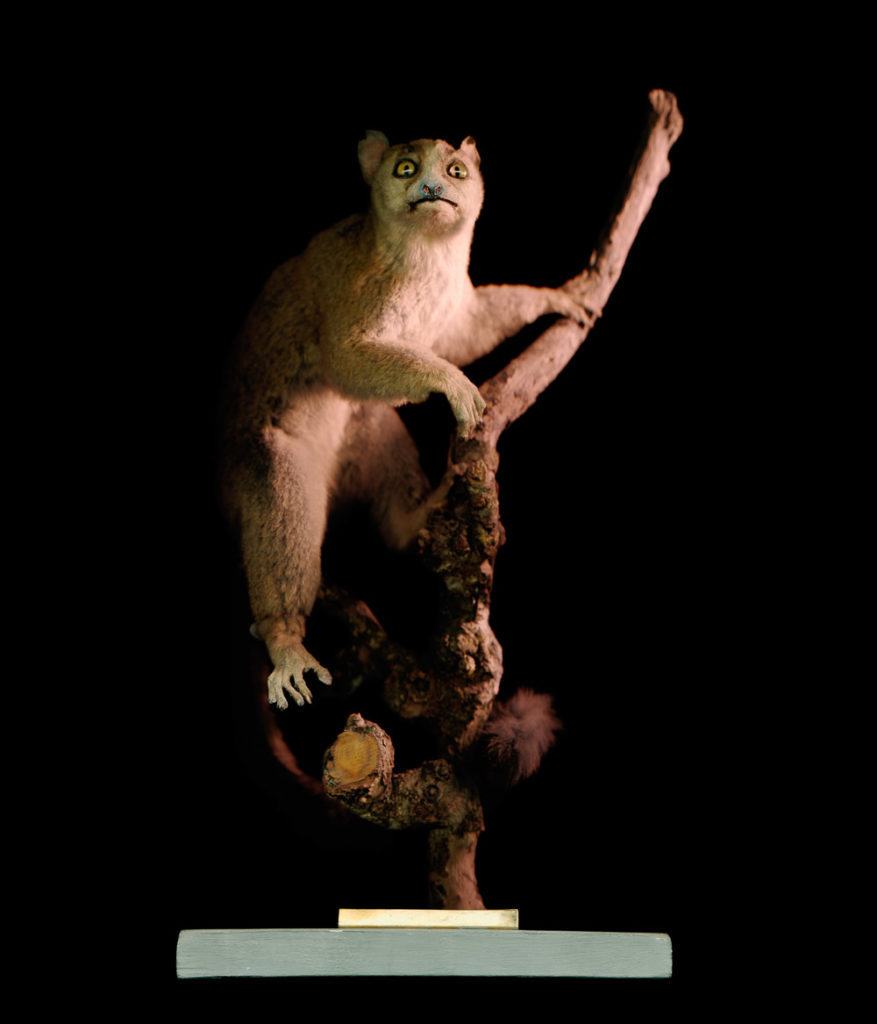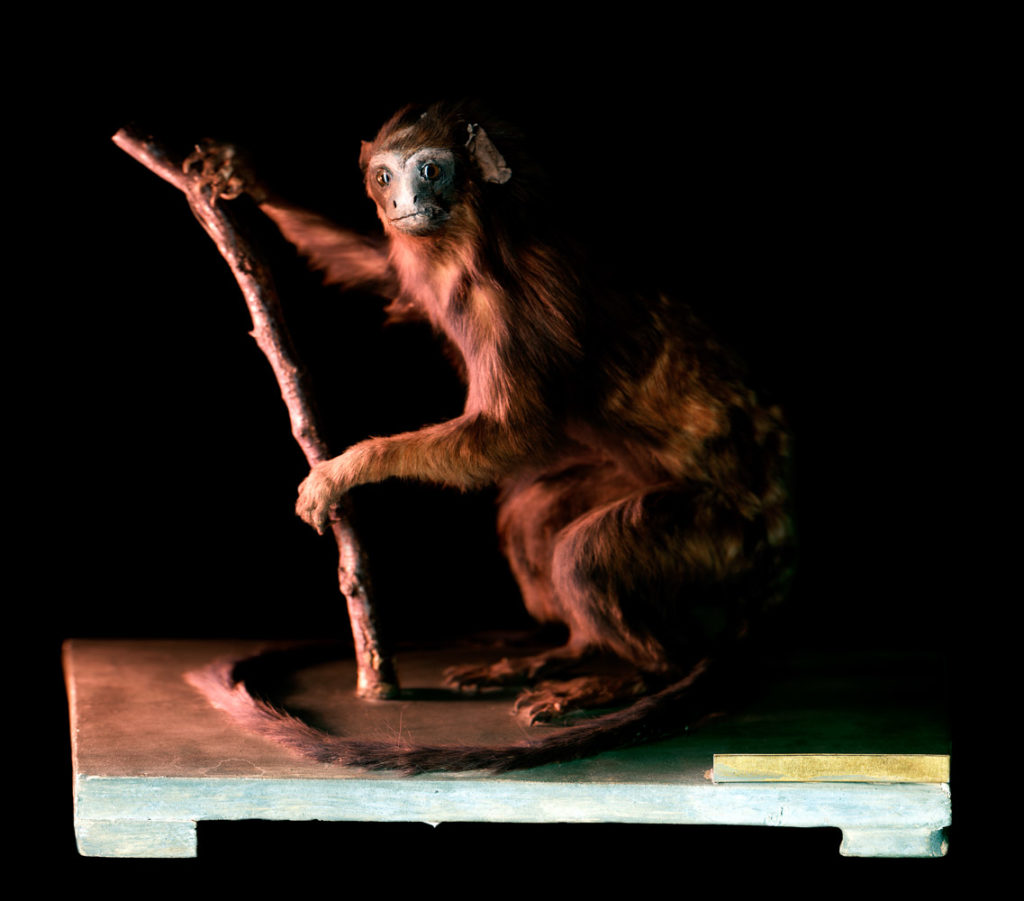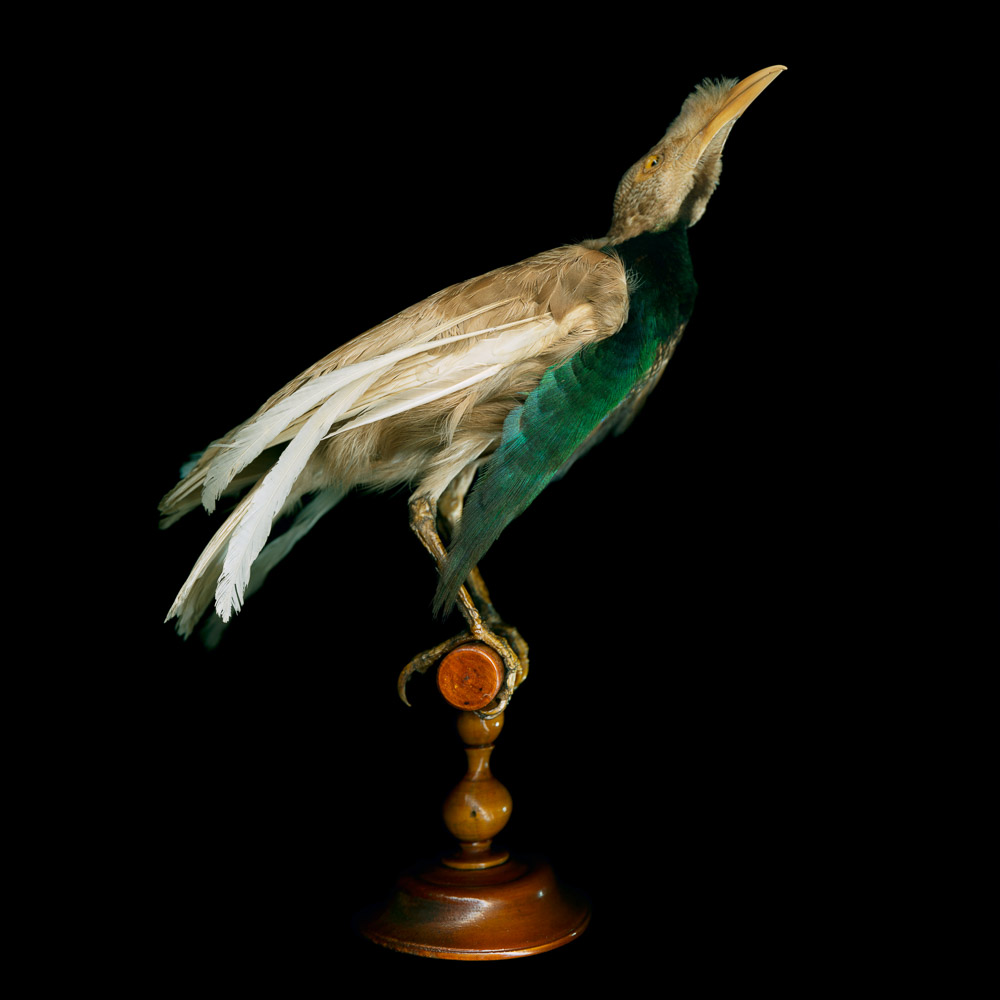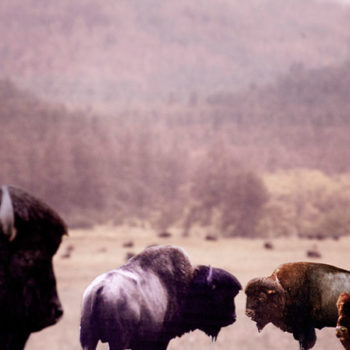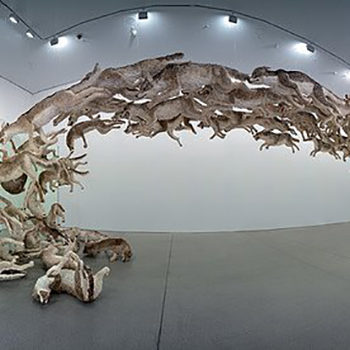When Luis Castelo emailed me some of his photos, I was attracted to their odd colors and lighting and their intense selective focus. I spent quite a while looking at the pictures before I read that this series, Historiae Naturalis, is an example of the artist’s broad use of the “scannography” technique when making interpretations of nature. I don’t know how he does it. I cannot figure out how these images were made with a scanner, but I’m so intrigued.
From the artist’s statement: Our bond with the animal world is evident. In spite of a gradual distancing of this relation during the XX century, we are now witnessing the necessary reunion with our distant relations. We had to wait for the scientism of the XIX century to explain the existence of these animals, which, until then, we had only heard about in myths and legends. The determination of scientists and naturalists of the age to explain the world resulted in a huge representation of animals from distant colonies overseas. Scientific expeditions were at their peak and the search for and classification of both unknown territories and their flora and fauna was highly favoured.
Embalming has a close relationship to photography since both embalm time and life in one instant forever. The attempt to offer a suggestion of life in death by freezing poses or gestures links taxidermy intimately and necessarily to photography. Embalming photography represents naturalized beings in two ways: it leaves death in suspense through the gaze of the subject photographed and offers an everlasting vision of the ephemeral lives of living creatures through the representation of “still lives,” in both cases, after all, vanitas.
From “Historiae Naturalis”
Visit artist's site: luiscastelo.com
Posted November 2nd, 2018

